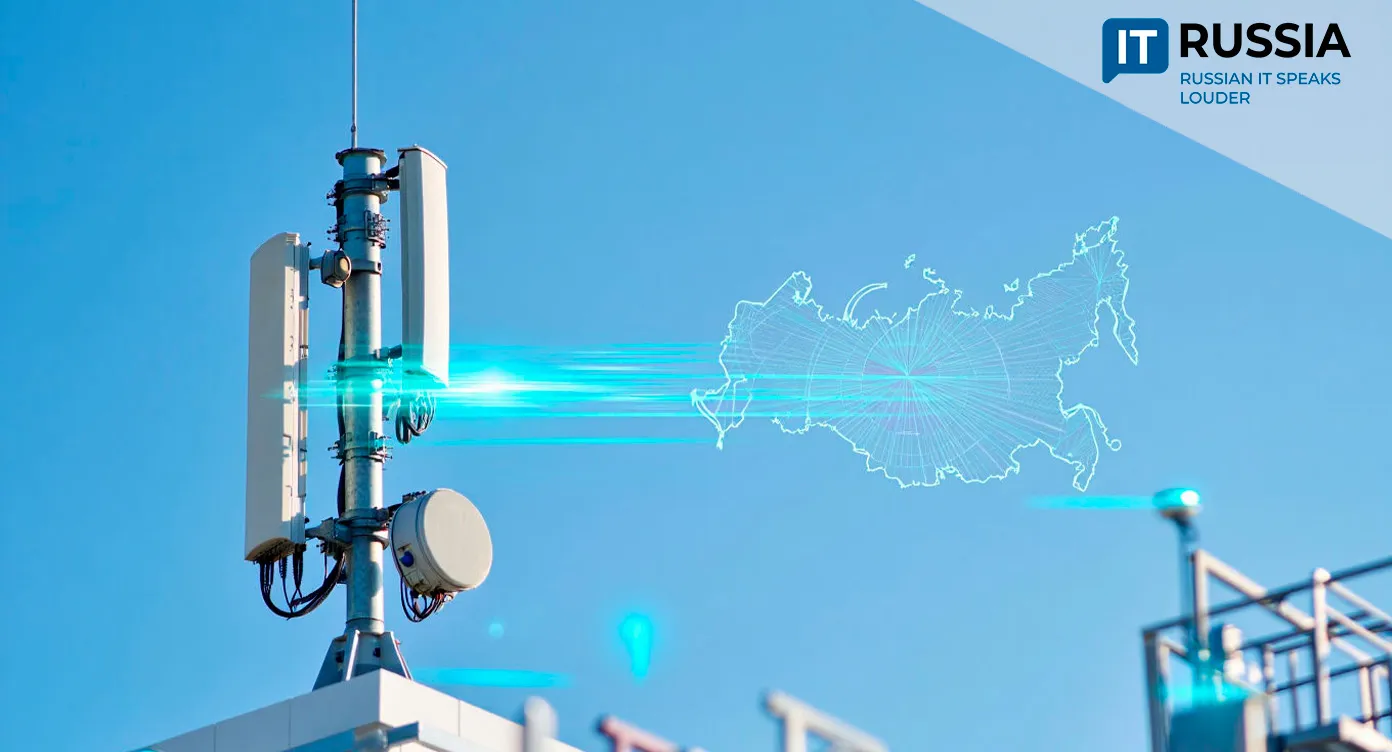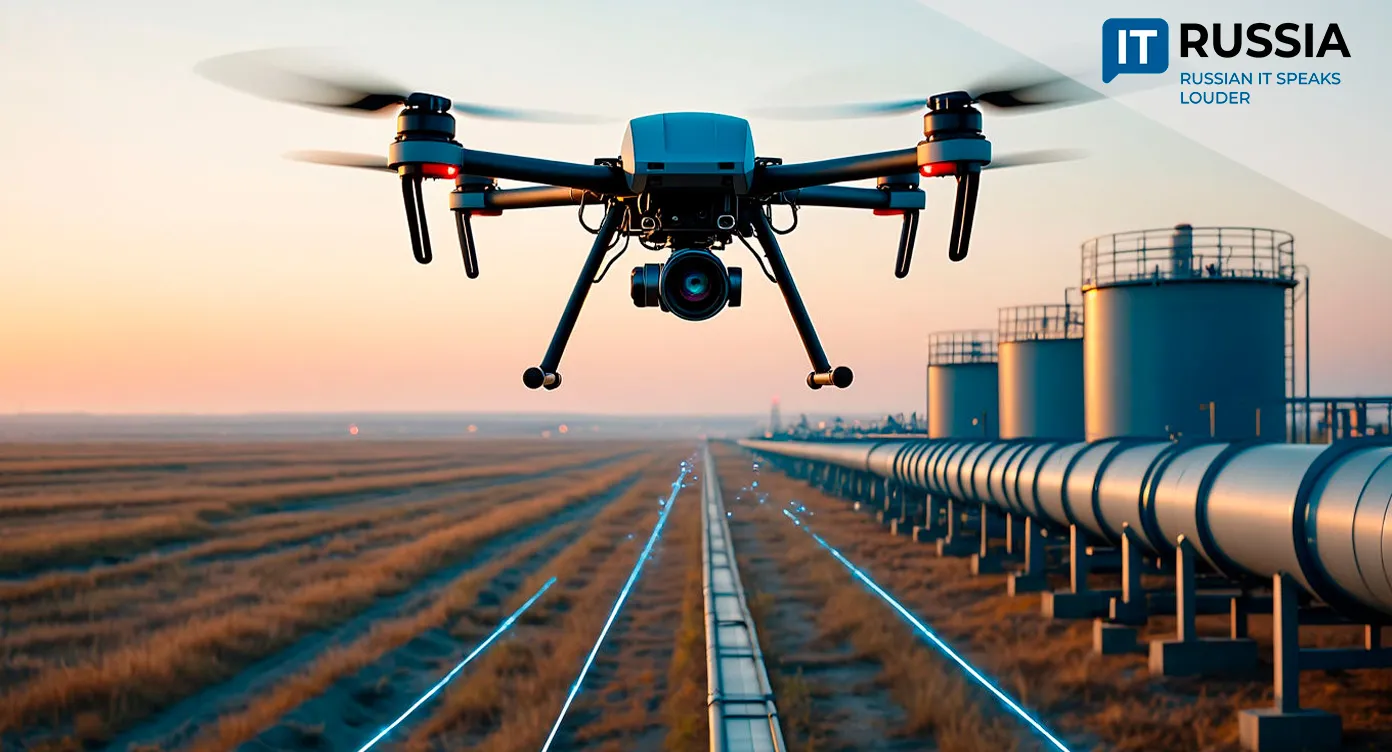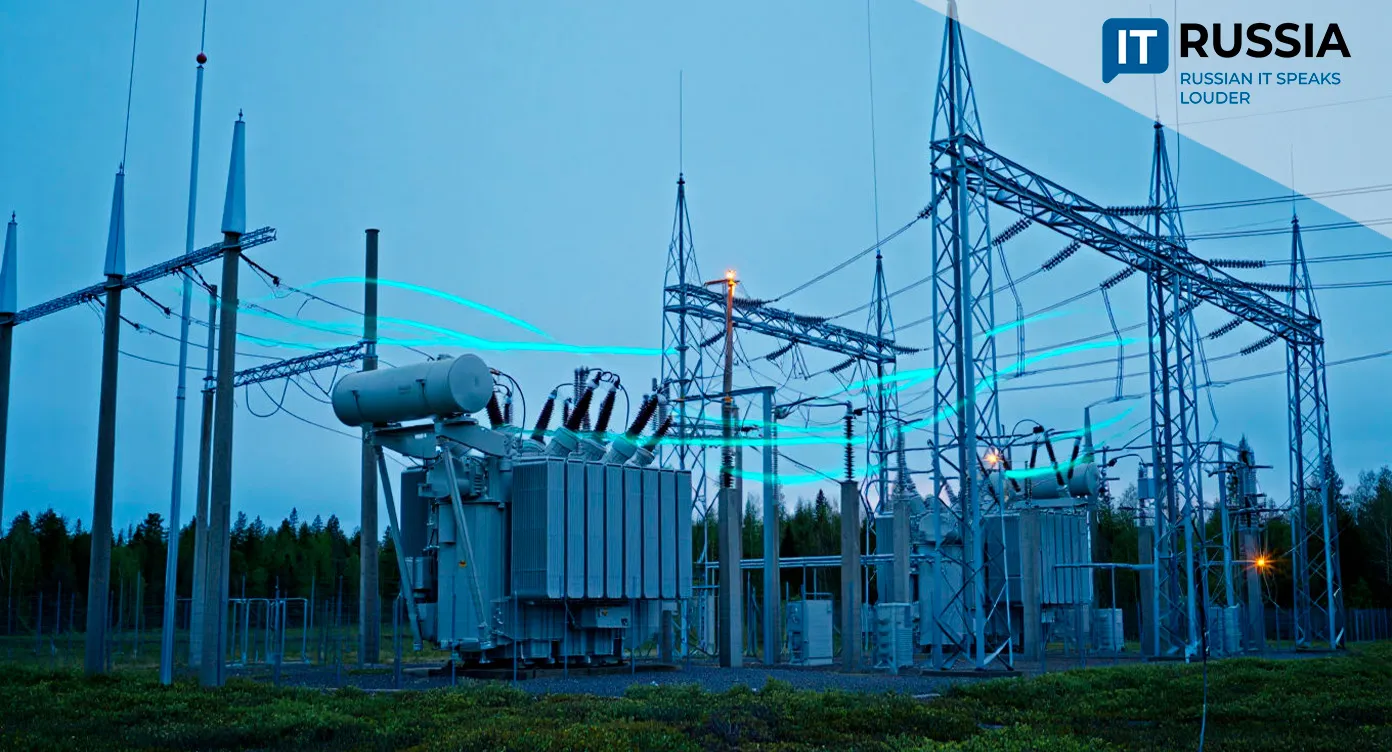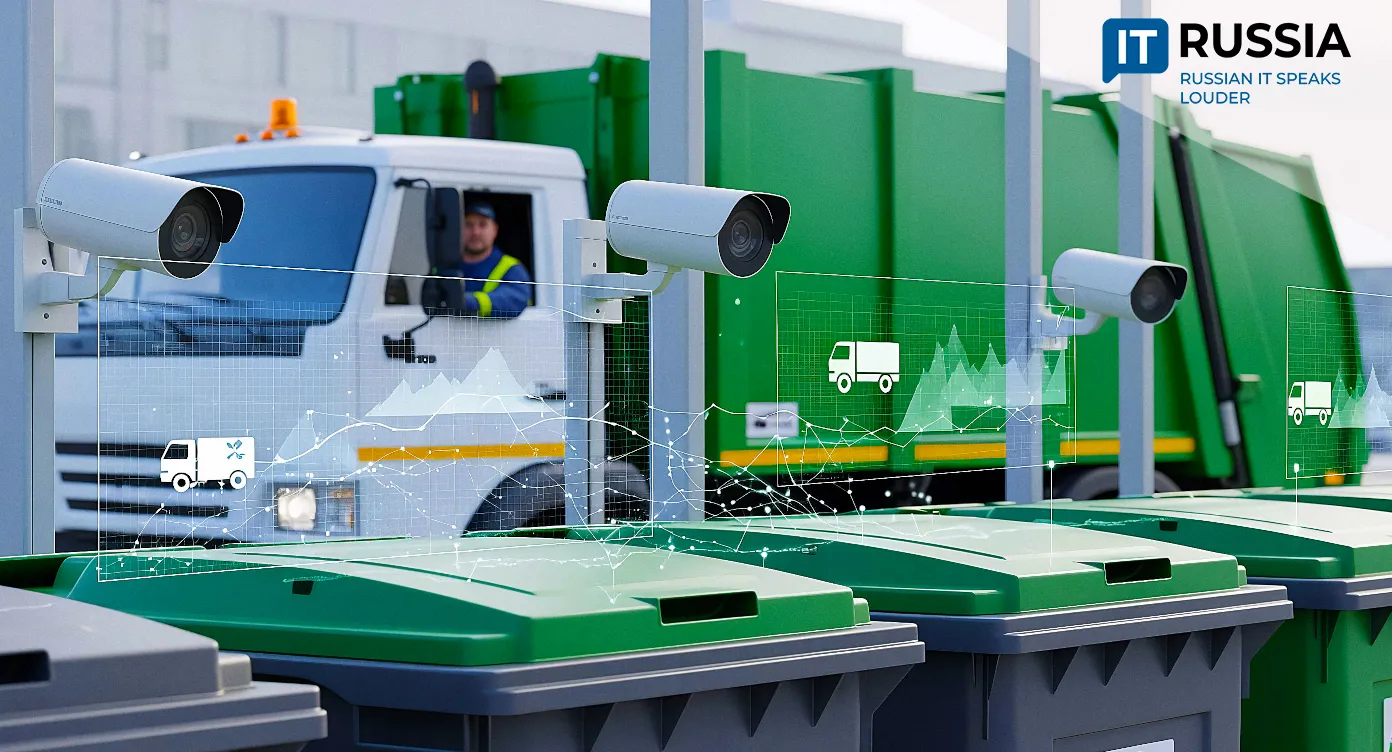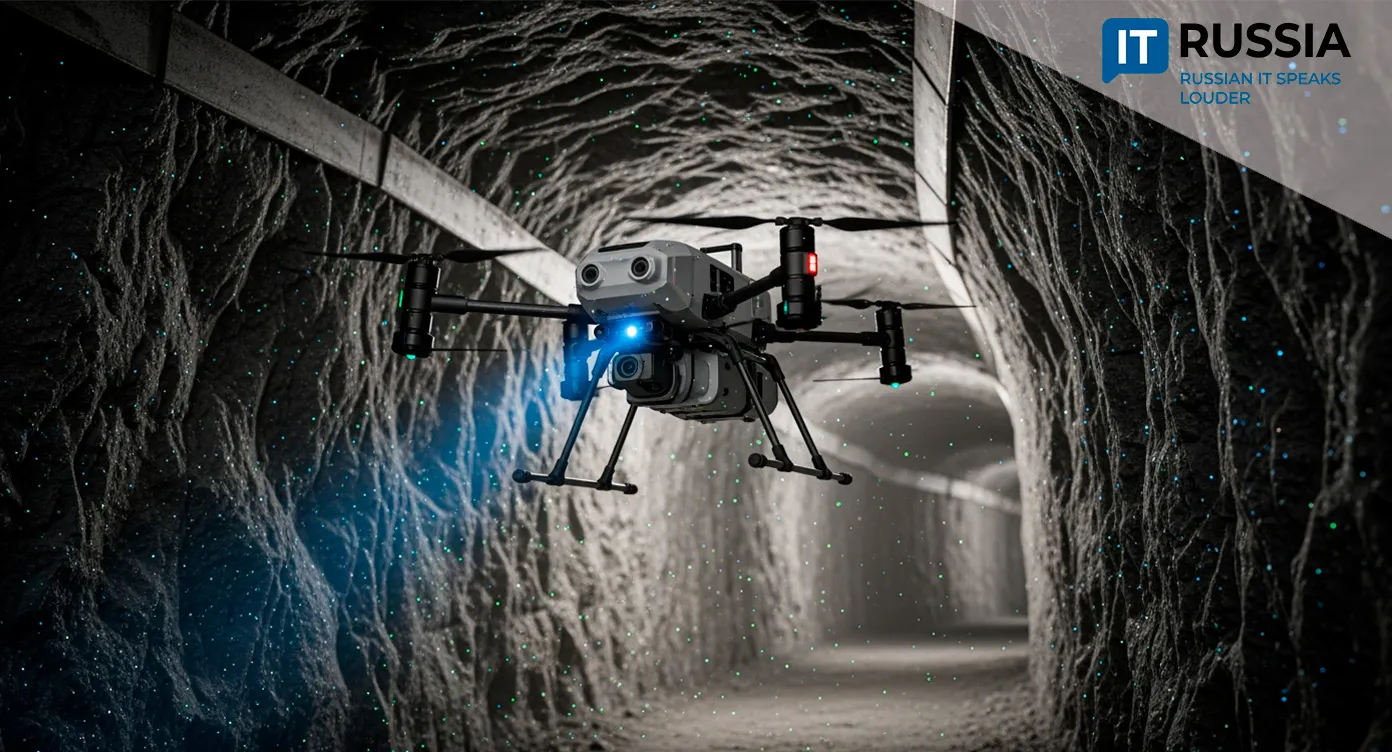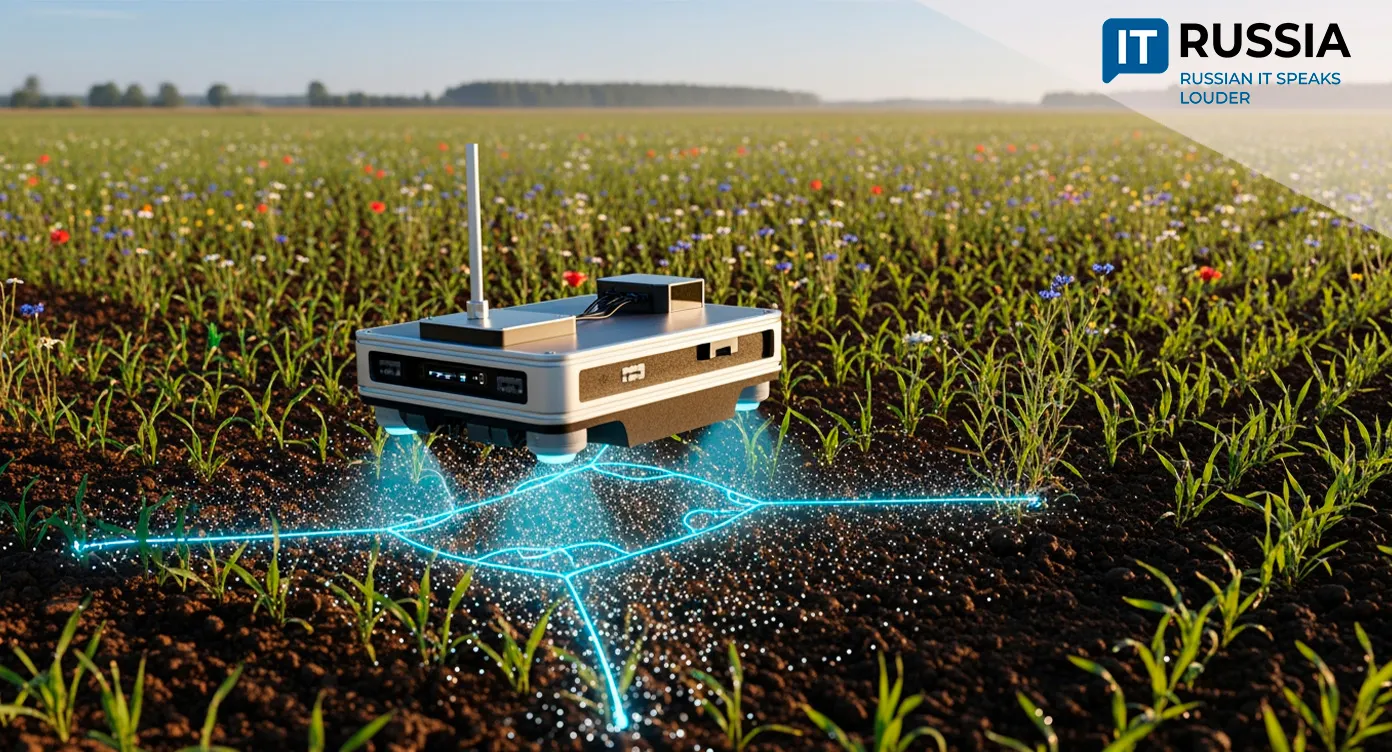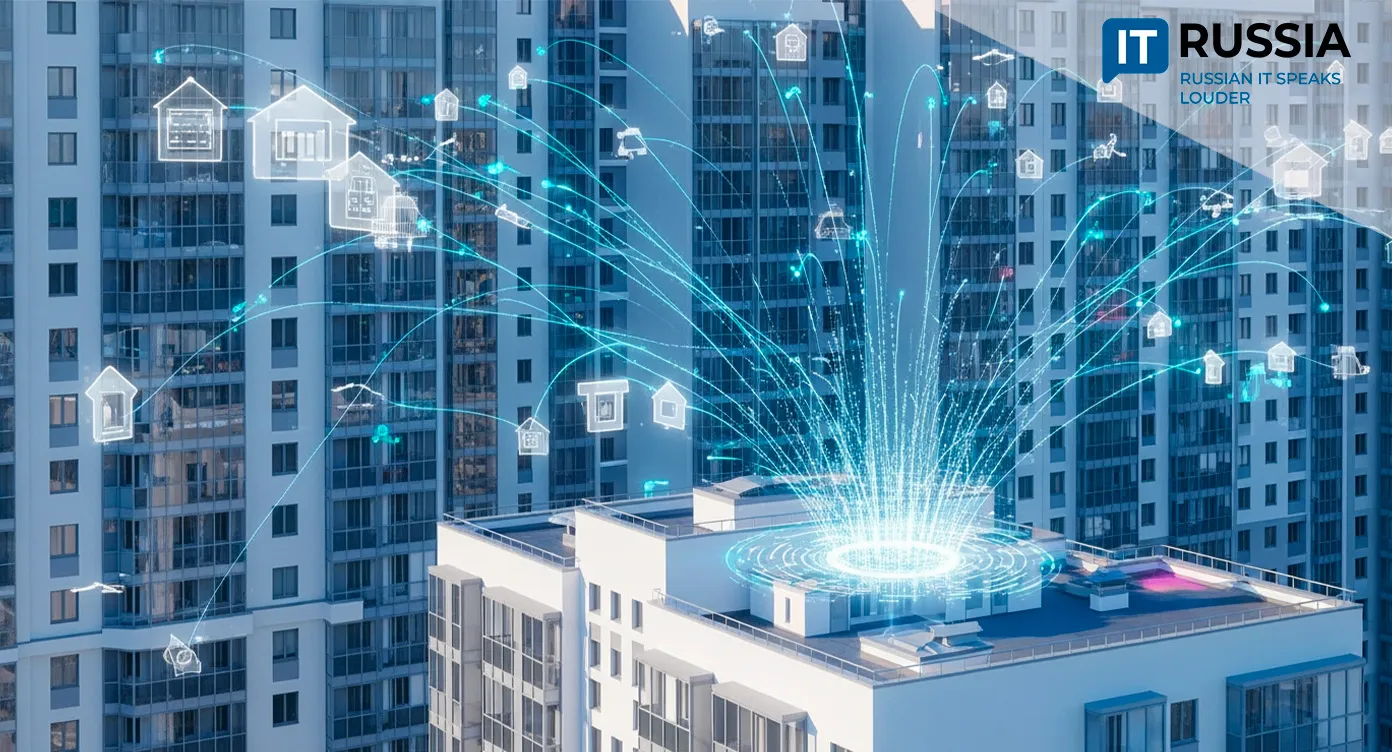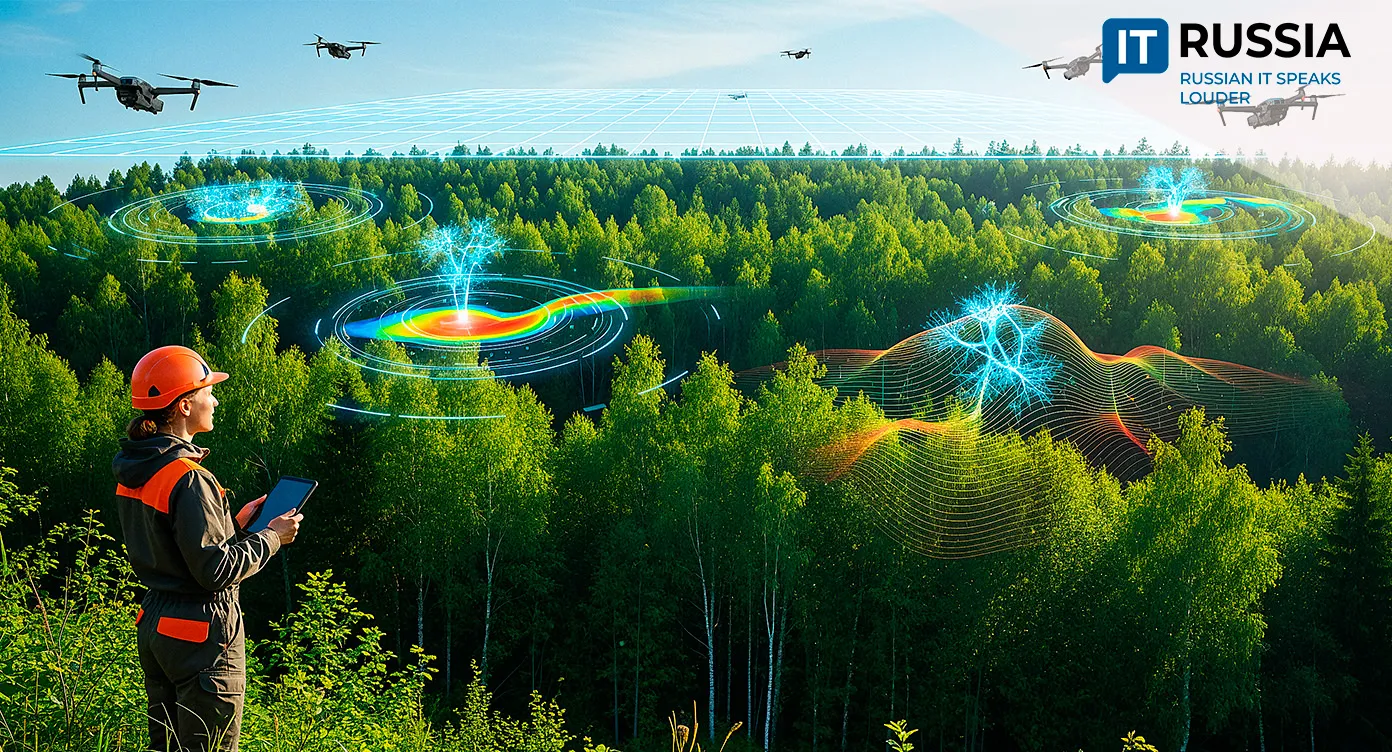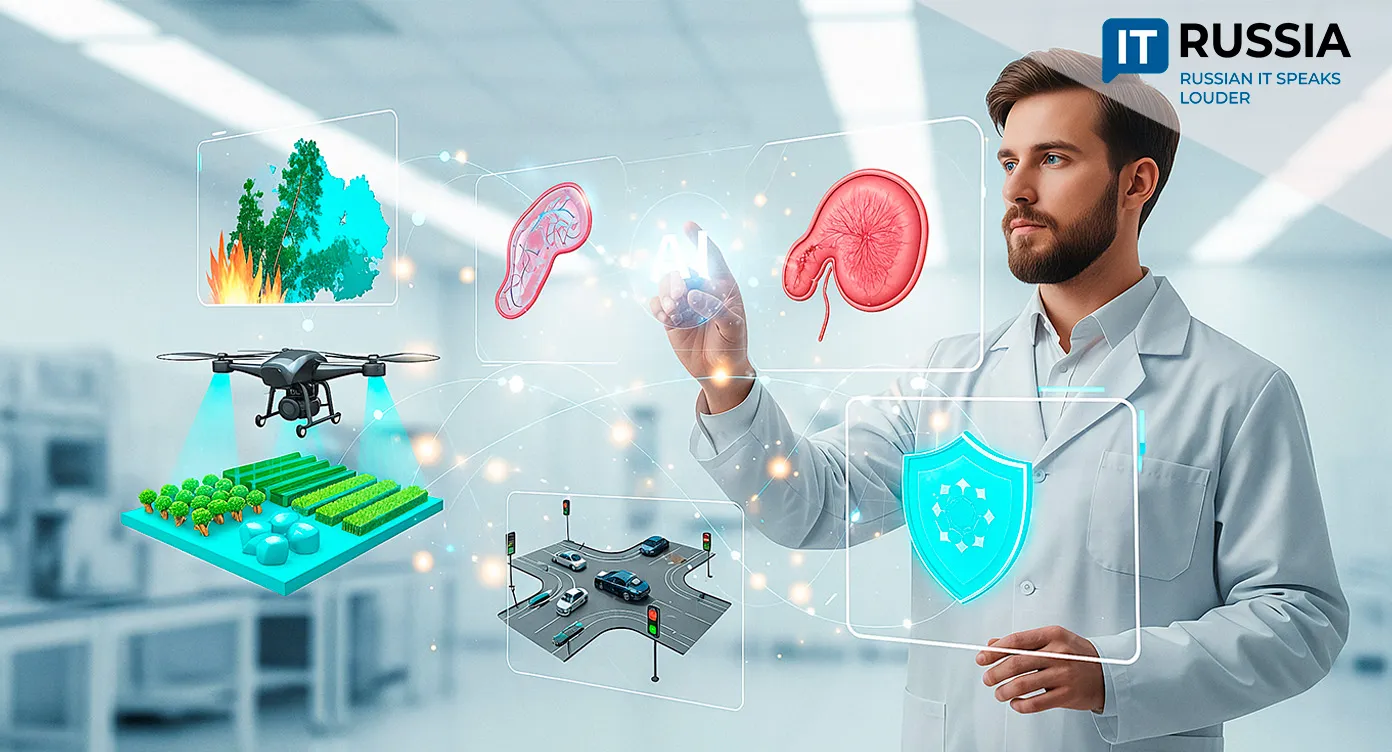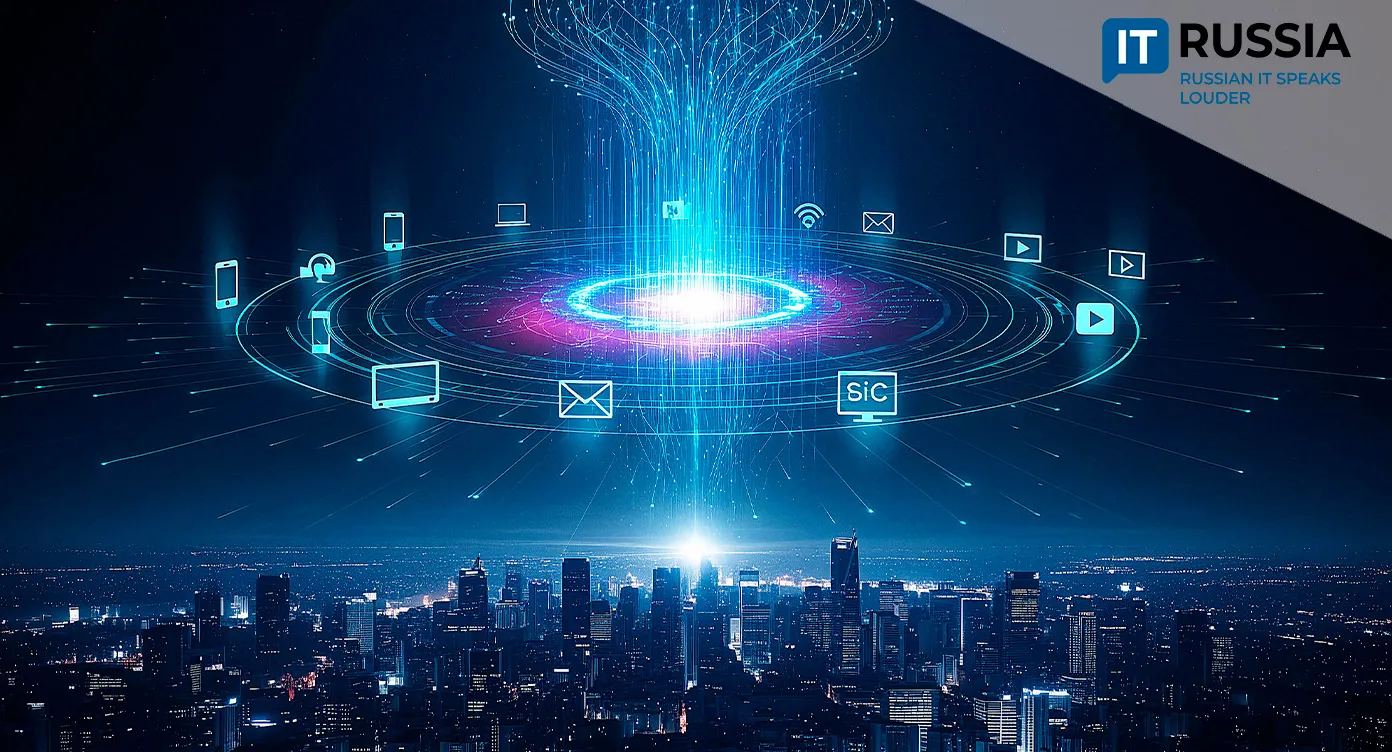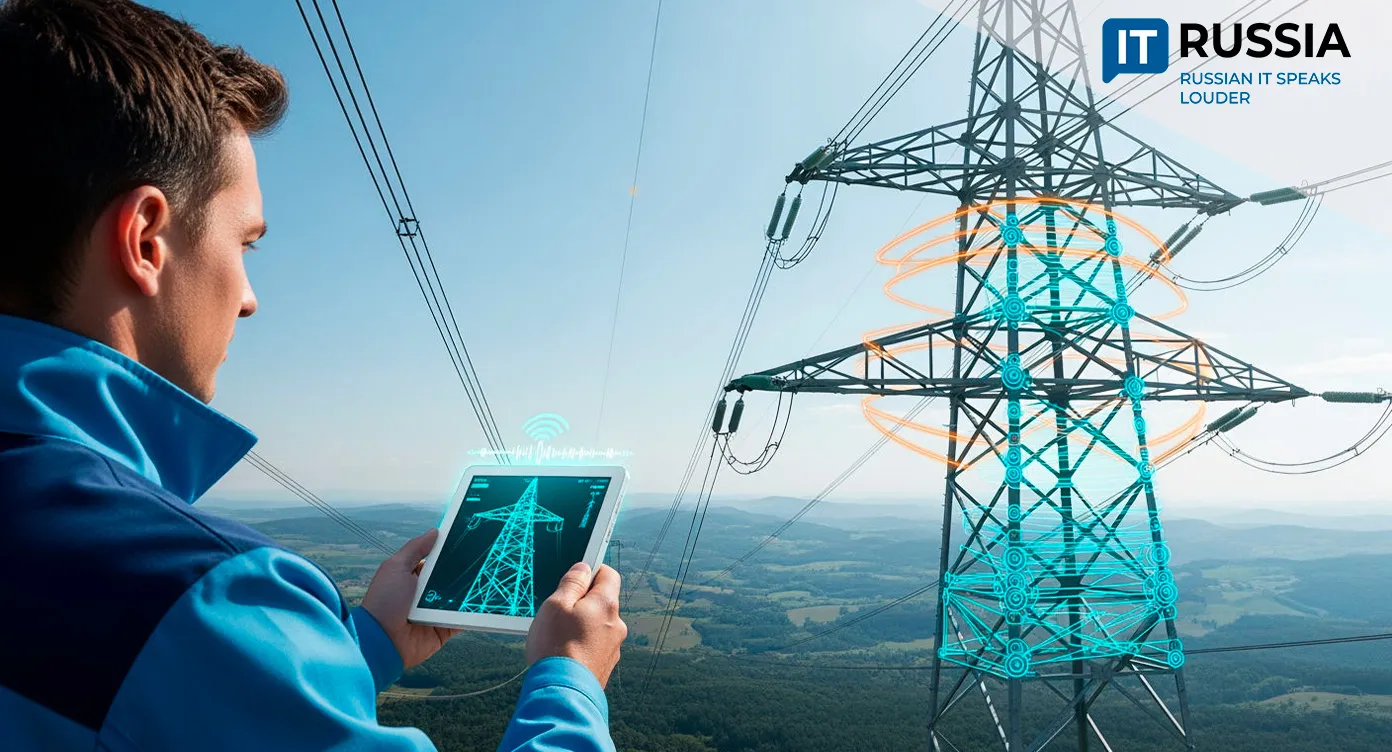Digital Transformation in Utilities and Energy: How Russian Cities Are Getting Smarter
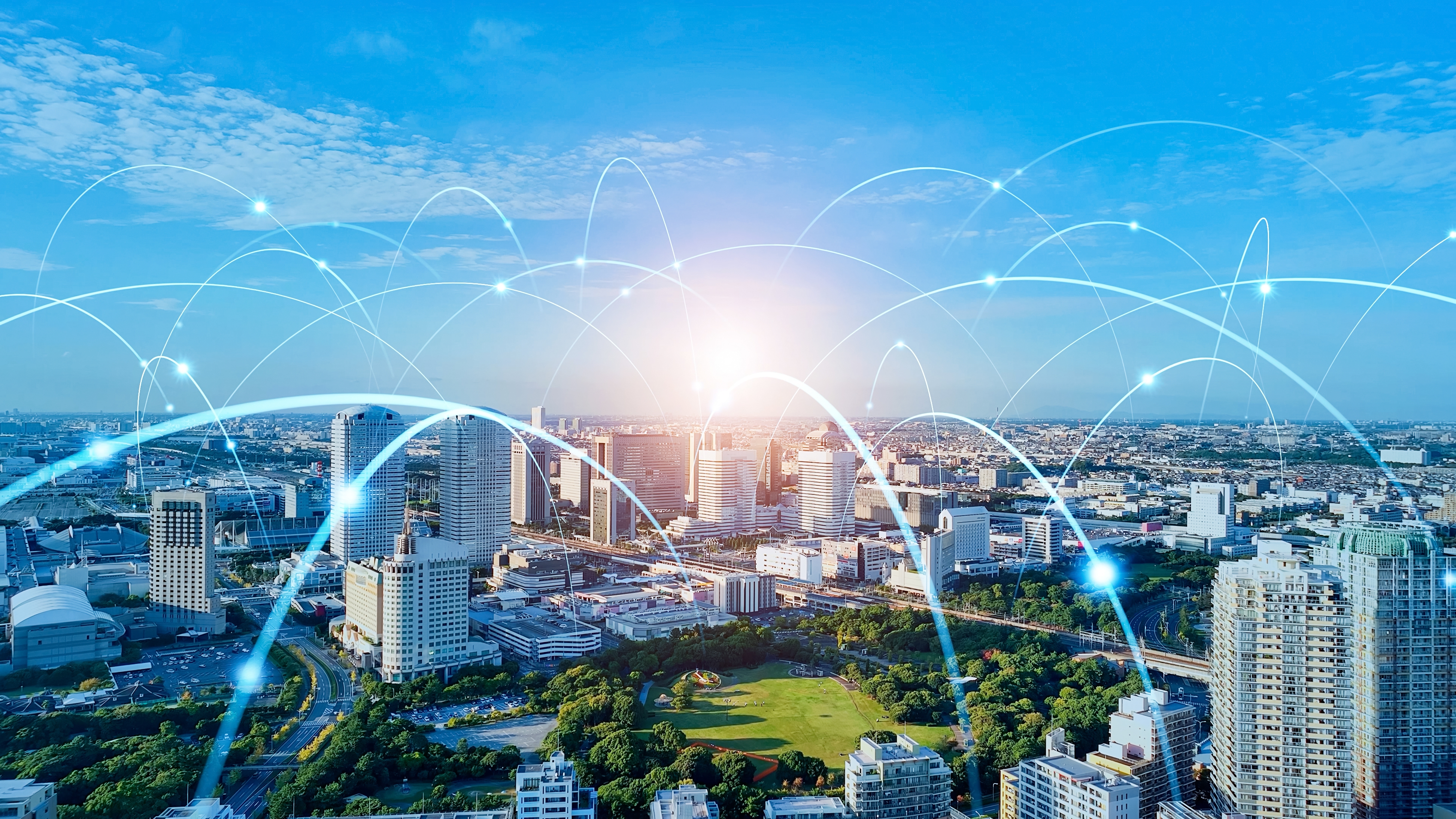
In Russia, the digital transformation of utilities and energy is reshaping how cities function—quietly but profoundly. From cutting energy losses to improving customer service and enhancing sustainability, smart technologies are redefining urban living across the country.
This transformation is not incidental. Since 2019, Russia has been rolling out a nationwide “Smart City” strategy as part of its broader Digital Economy program. Unlike in the U.S. or Europe, where such initiatives are often driven by individual cities, Russia’s model is centralized—coordinated at the national level and already active in more than 230 cities.
Smart Systems Are Delivering Measurable Results
The impact is visible in numbers. For instance, platforms like Digital Heat Supply and Digital Water Utility, developed by Rusatom Infrastructure Solutions, have led to:
· 11% reduction in network losses
· 20% lower energy consumption
· 60% boost in technician productivity
· 5% savings on maintenance costs
The Belgorod region reported a 30% drop in water leakage thanks to IoT sensors. In Moscow, smart electricity meters are helping residents cut their bills by up to 15%. By 2024, 13 million of these meters had been installed across Russia, transmitting data automatically and minimizing billing errors and energy theft.
AI tools are increasingly being used to predict failures in heating systems, cutting repair times by as much as 40%. In Glazov, a mid-sized city in Udmurtia, anomaly detection algorithms recently prevented a major water infrastructure breakdown.
Digital-First Public Services
In Moscow, 87% of residential buildings are now connected to a unified billing and service platform, enhancing transparency around utility rates. Chatbots and voice assistants in major providers like Mosenergosbyt have slashed call center loads, saving approximately 31 million rubles ($340,000) annually.
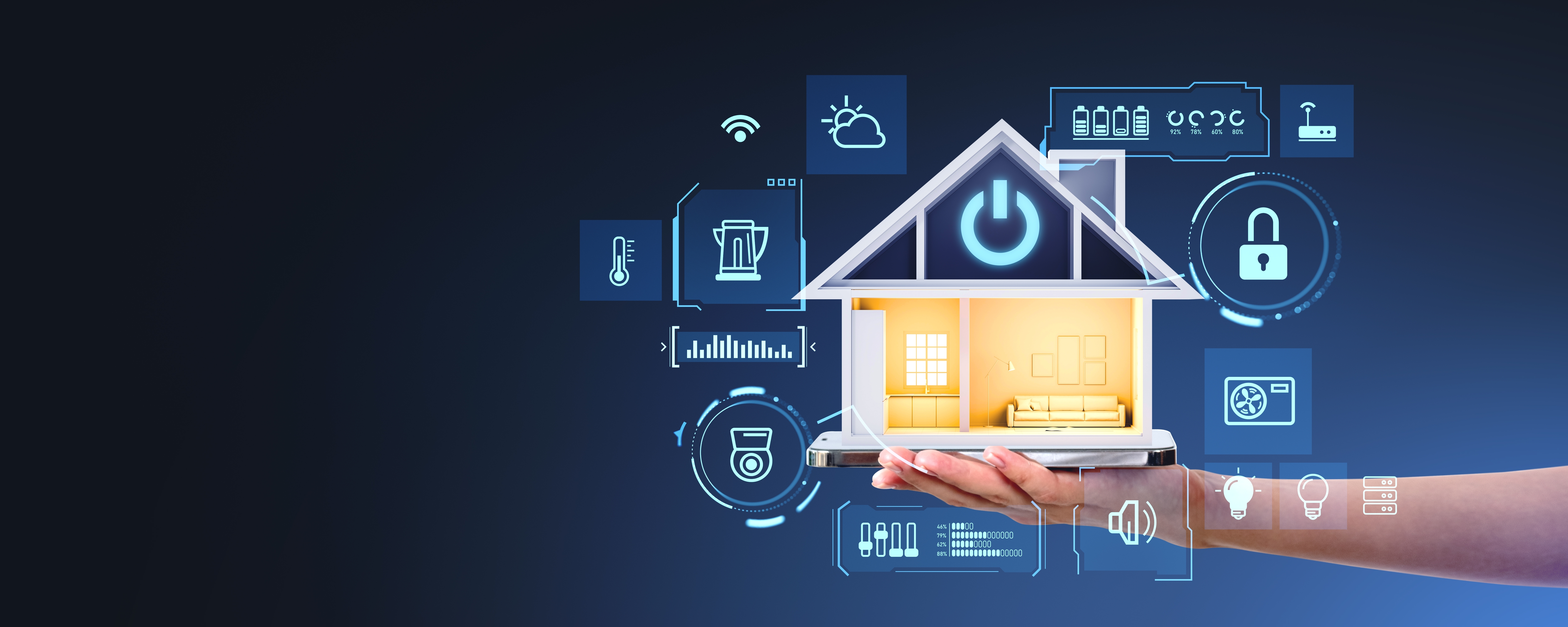
Infrastructure and Trust: The Two Big Hurdles
Still, the road to a fully digital utility grid is not without challenges. Up to 70% of Russia’s utility networks are outdated and not IoT-compatible. Retrofitting efforts are underway, including installing smart meters on legacy systems and using digital twins to simulate load and stress on aging infrastructure.
Cybersecurity is another concern. Smart meters and connected devices can be targets for hackers. To counter this, Russia is developing domestic encryption standards and centralized software registries.
Perhaps more surprisingly, human resistance has emerged as a hurdle. Only 13% of utility management companies actively use AI tools, with many employees skeptical of automation. To bridge this gap, training programs and pilot projects have been launched to showcase the tangible benefits of digital systems.
Looking Ahead: Smart Utilities by 2030
Despite these obstacles, Russia is betting big on the long-term payoff. The Ministry of Construction estimates that digitization could reduce household utility bills by 50 billion rubles ($550 million) annually through efficiency gains.
By 2030, the goal is for 80% of Russia’s large cities to adopt smart utility systems. Plans include wide-scale use of digital twins, BIM modeling for infrastructure management, MaaS (Mobility-as-a-Service) platforms, blockchain-based billing, and integrated energy ecosystems.
In a world increasingly shaped by climate change, urbanization, and resource constraints, Russia’s approach offers a unique perspective: a government-led smart city movement designed to bring every municipality, regardless of size or budget, into the digital age.


